Kimura lock is one of the most often misused grappling techniques. — John Danaher, a 6th-degree black belt and a BJJ coach.
If you are the one who is interested in BJJ either as a hobby or career, you must know about the kimura lock technique. Even though Brazilian Jiu-Jitsu is known as the “gentle art,” some of its submissions are brutal. The Kimura lock is one of the techniques considered the deadliest. At the white belt level, the Kimura is taught in Gi and No-Gi training, but every athlete uses it until they reach the black belt and beyond. The Kimura is one of the most reliable weapons in an athlete’s toolbox and the finest tactic for attacking submissions. Therefore, athletes always appreciate its potency.
The Kimura isolates the shoulder and elbow joints with a firm double wrist hold. The approach enables the attacker to exert excruciating pressure on his opponent’s joints. Athletes have used this simple action to take control and defeat opponents. It has turned into one of the deadliest weapons. Now it is indispensable for all athletes to learn Kimura and win the competition.
If we say kimura lock has the power to destroy the players, it would be true. Before approaching the mat and confronting your opponent, it needs practice and learning before execution. Now let’s see what a kimura lock is and how beginners can utilize it.
What is Kimura Lock?
The Kimura lock is the reverse ude garami in BJJ submission grappling. The submission technique uses a shoulder lock and a figure-four grip. In catch wrestling, the joint lock that resembles the number four is called a “figure four.”
Its adaptability and strength are what make it special. Kimura is applicable from any position, giving the fighter an extra edge. Sweeps and takedowns are accomplished due to this shoulder lock. For this same reason, many well-known BJJ gi grapplers structure their whole game plan around this one submission.
Kimura’s History In Other Combat Styles
Japanese Jiu Jitsu practitioners invented the Kimura lock, which is being used in several martial arts for more than 500 years. Similar moves like the Kimura lock were mentioned in German shot combat books from 1520.
The double wrist lock was developed and first used in catch wrestling by Lorigo Morelli in the 1920s.
Robin Reed got the opportunity to share this method with others. Reed used the double wrist lock to win the most sought gold medal at the Paris Summer Olympics 1924. Then he gained recognition for both himself and the move.
Unstoppable COMP PRO Set
How Risky Is Kimura Lock?
The Mashiko vs. Gracie fight let the public think about it. Does the Kimura lock dislocate the shoulder, or is Masahiko overstating his grappling ability? Although unlikely, some warriors who experience the Kimura claim to break their arms and dislocate their shoulders. Like Gracie, these wounded athletes wouldn’t give up and tap out.
Long-term use of the Kimura lock in BJJ gi can cause hyperextension of the joints, ligaments, and tendons, which may harm the arms and shoulders. An opponent would meet the Kimura fate if he failed to escape quickly or tapped out too late.
To learn more about illegal moves, read What Are The UFC Illegal Moves?
Kimura Trap System
David Avellan created the Kimura Trap System (KTS) in 2012. Both seasoned competitors and newcomers apply the Kimura lock from any position throughout the fight according to the KTS submission technique. This system includes a variety of transitions, sweeps, passes, Jiu Jitsu Gi submissions, takedowns, and counters. The main purpose of the Kimura Trap System is to strike, never to pin the adversary. The fighter can switch to various submissions, sweeps, and passes after attacking with the Kimura.
How To Do A Kimura?
Kimura is similar to a top wrist lock. For the successful kimura lock, the attacker must have adequate room behind the target for either a side control or guard application.
Basic Kimura For Beginners
- Unlike the top wristlock, in the Kimura, place the opposite arm under the opponent’s arm and grasp their hand with the hand on the same side.
- Clasp the attackers’ wrists in a figure-four formation. Utilize body control to bend the opponent’s arm away from his body.
- Press the shoulder joint with pressure.
- The elbow joint may also be stressed depending on the angle.
Kimura From A Mount Position
One fighter goes on top of the other and sits on the torso in the mount, a dominating grappling posture. The fighter is in a good position because chokeholds and joint locks may be done quickly. Now top warrior can grab the opponent. He can only make an effort to sweep or flee. Here’s how you can use the mount to apply the Kimura joint lock.
- Take up the mount position. Get on top of your opponent by forcing him to the ground. To take control and perform the Kimura lock in an actual battle, you must successfully counter your opponent’s assertive attempts.
- Trap one of your opponent’s arms after the mount. Take the right arm as an example.
- Cross your far leg over the top of your opponent now.
- Lifting your opponent’s arm over your left leg requires using your left knee, hand, and thigh.
- Use a thumbless grip and pressure at the elbow to slip your arm beneath your opponent’s forearm and across his shoulder.
- You need to use the thumbless grip to complete the Kimura lock.
- To make them cry out in agony, rotate their arm behind the other shoulder. For it to be successful, the attacker must have adequate room behind the target for either a side control or guard application.
Kimura Standing Kazushi Sakuraba Style
It resembles the number four, also known as chicken wing or the figure-four lock. This Kimura BJJ submission became famous when Kazushi Sakuraba used the Kimura armlock to beat Gracie. It is now being practiced on every MMA platform, both amateur and professional, including the UFC.
- For a successful standing Kimura you need to figure four your arm and put opponents’ arm on the back.
- He then raises his elbow in the direction of his head. As you execute this technique, you will encounter a lot of opposition. To prevent your opponent from shifting or fleeing, you must maintain control. You are also exposed to this circumstance. Your adversary could sneak up on you and strike. If you base out and stable, he will not let you down.
- Now locate the target arm once you get control over the opponent.
- Then, insert both fingers into his hold and press down on the arms to release the hold.
- Hold the wrist with your thumb for a brief period. Wrap your arm over his swiftly, grip his wrist with your other fingers, take off his thumb, and elevate his elbow.
- Turn your opponent multiple times as you elevate his elbow to the sky.
- Take your opponent to the ground or finish the standing Kimura hold in a standing posture.
Kimura From Side Control
Use one arm to push and the other to pull for an effective kimura. The “pushing hand” seizes the opponent’s wrist and renders them helpless. The “pulling hand” locks, applies intense pressure or generates a “pull force” that restricts shoulder mobility. The body part is crucial for this kimura variant. Therefore, to gain submission, employ the shoulder rather than the chest line.
- First, position yourself at a 90-degree angle to acquire side control. Alternatively, you may tilt your head to his opposite side while placing your hip on his shoulder.
- His shoulders will be under a lot of strain from your hip.
- Wrap your pulling arm around his opposing arm to keep him under control. The tension on the opposing elbow will rise.
- To capture your opponent’s head, use your free leg.
- Slide your elbow beneath to grip your wrist while your hips push into the shoulder.
- Dislodge your opponent’s arm from his body to render it immobile. Once in this posture, release the Kimura lock by pulling it to the side.
- With your knees providing “pushing force” and your elbow providing pulling force, turn your head away.
Kimura From A Closed Guard
A closed guard is a fundamental guard stance, sometimes known as the complete guard occasionally. Hook your legs behind the back of the opponent and hold them still to execute the full guard.
- Pull your legs and your opponent toward you once you’ve hooked and trapped them with your legs.
- Push your opponent’s arms away from their body to dislodge their posture.
- Compel your adversary to lay his hands on the ground. This posture occupies the hands of your opponent.
- Now untie your feet, take hold of their right wrist with your left hand, and sit up. As you do, apply all your power to the hand being held.
- Grab your wrist while wrapping your right arm around the other person’s right arm in a circle.
- Continue to exert control by squeezing your opponent’s upper arm close to your chest.
- Turn into your opponent while lying back on the ground with his arm impaled. In order to move his hips, use your lower body.
- You may shift your hips to the side of your opponent’s trapped arm to get into this position.
- Use your legs to scissor your opponent’s body as you accomplish a hip escape.
- Put the right leg on the left hip and left leg on the upper back.
- Press your left leg firmly into his back to prevent any attempts at reversal or escape.
- To apply the lock, have the opponent’s hand and elbow moved to the back of his head.
Conclusion
Every mixed martial art and jiu jitsu championship has a special place for the Kimura lock. This brutal BJJ submission has led to historic victories. However, some BJJ players use it as a conclusive submission and others as an aggressive attack. The Kimura lock is among the most trustworthy weapons in your BJJ or MMA armory, regardless of your skill level.

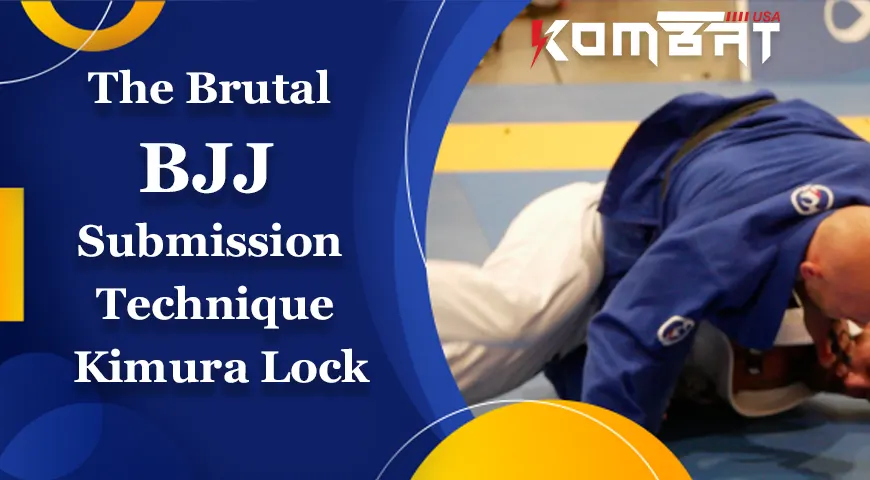
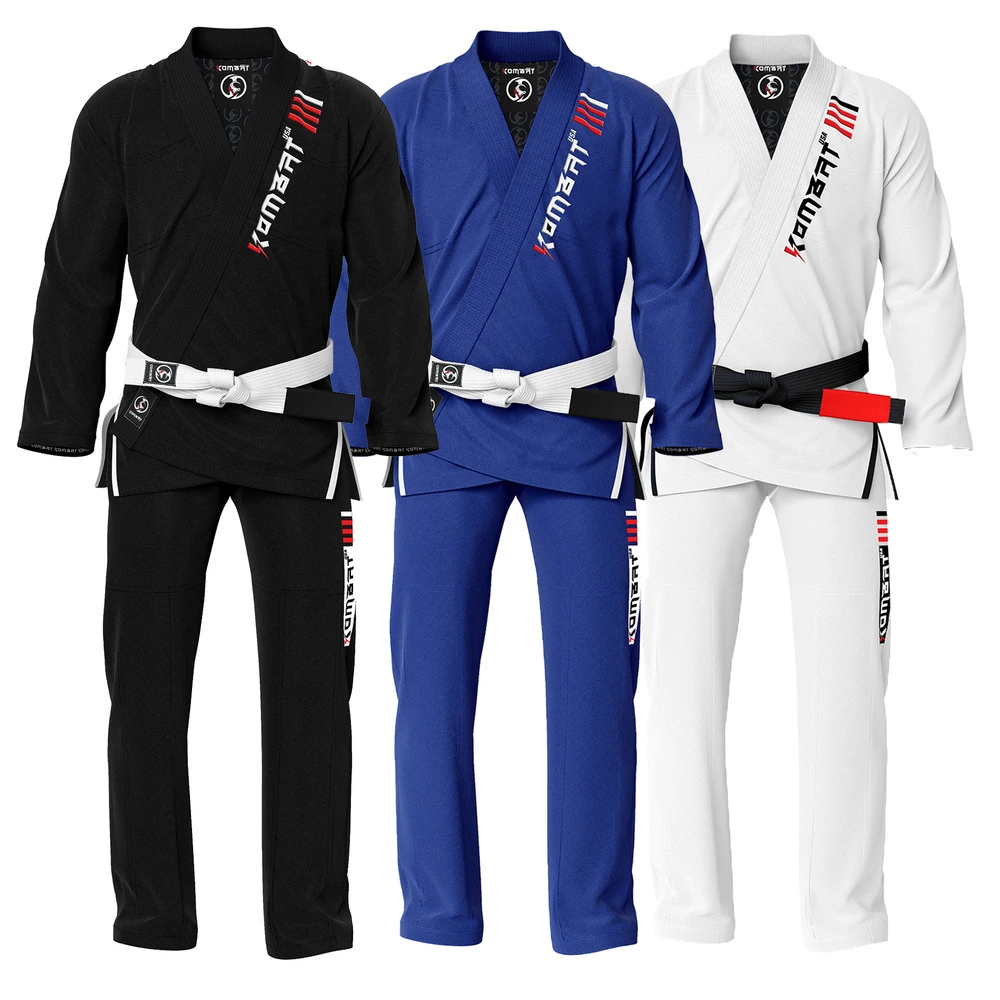
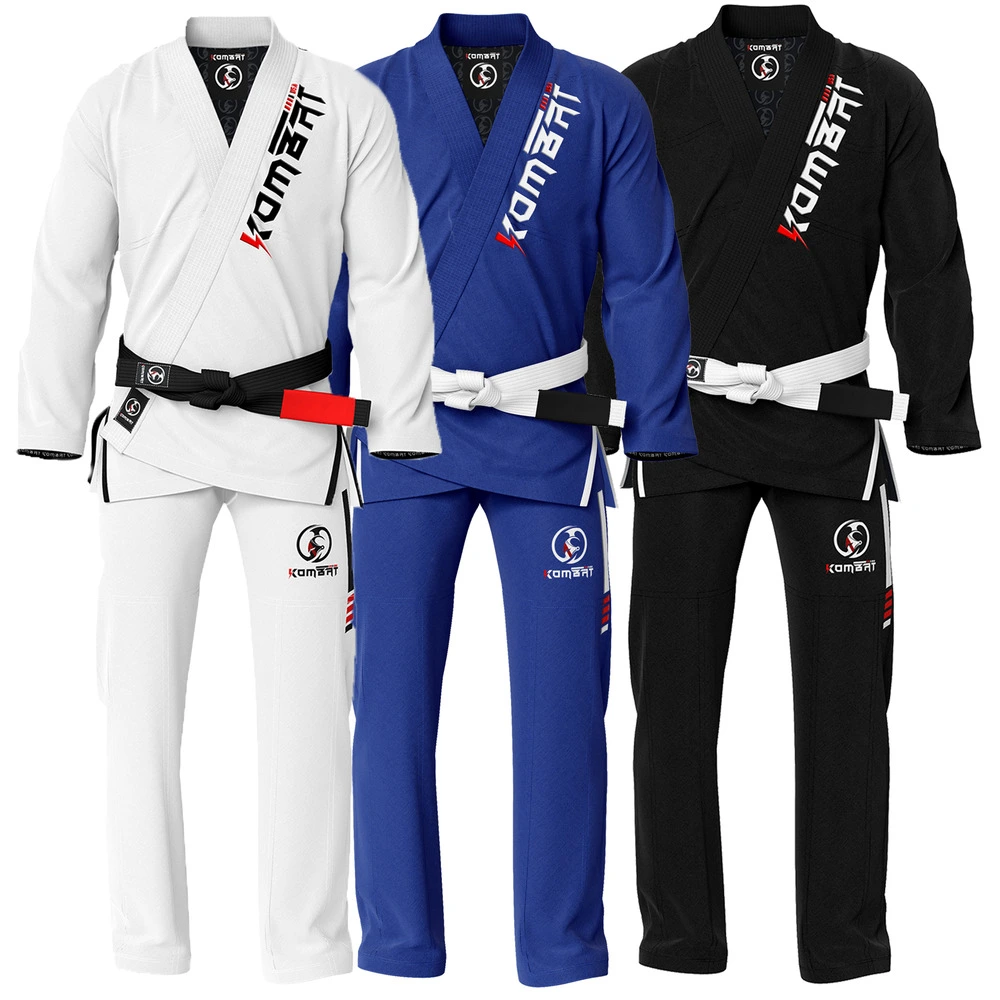
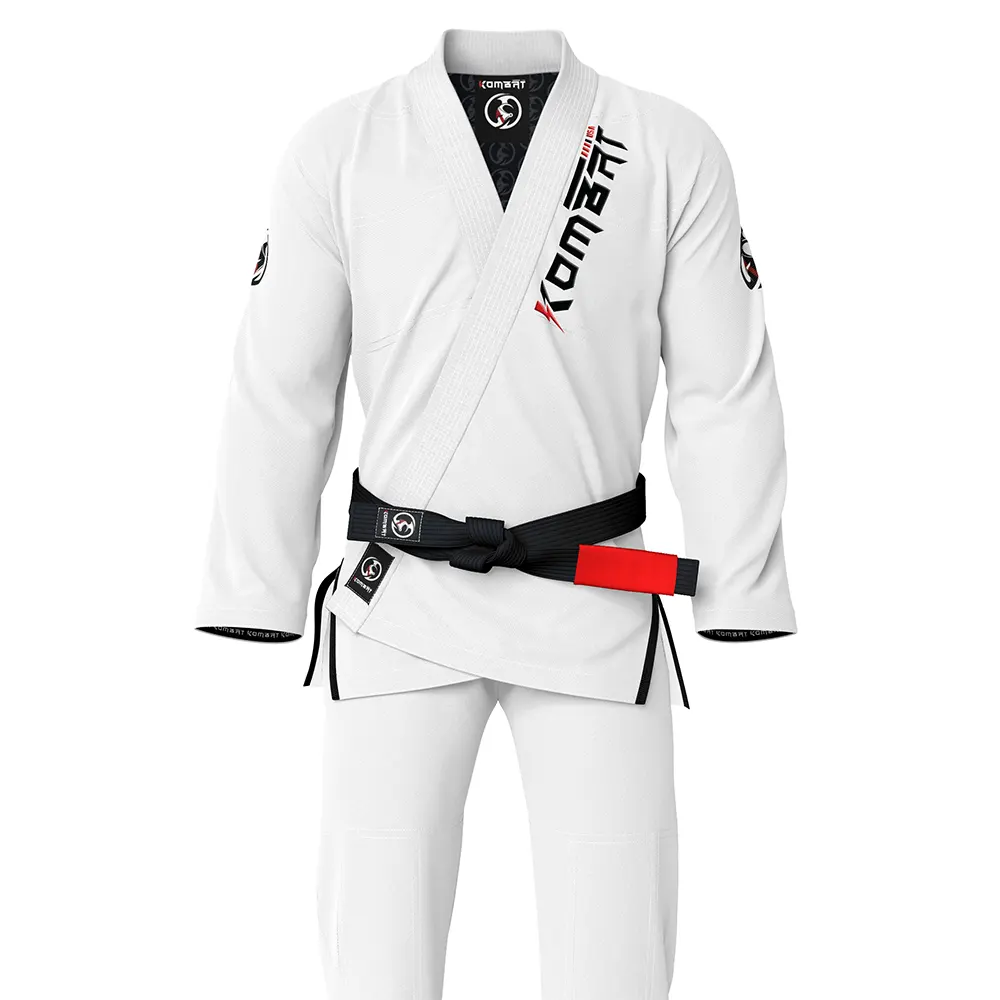
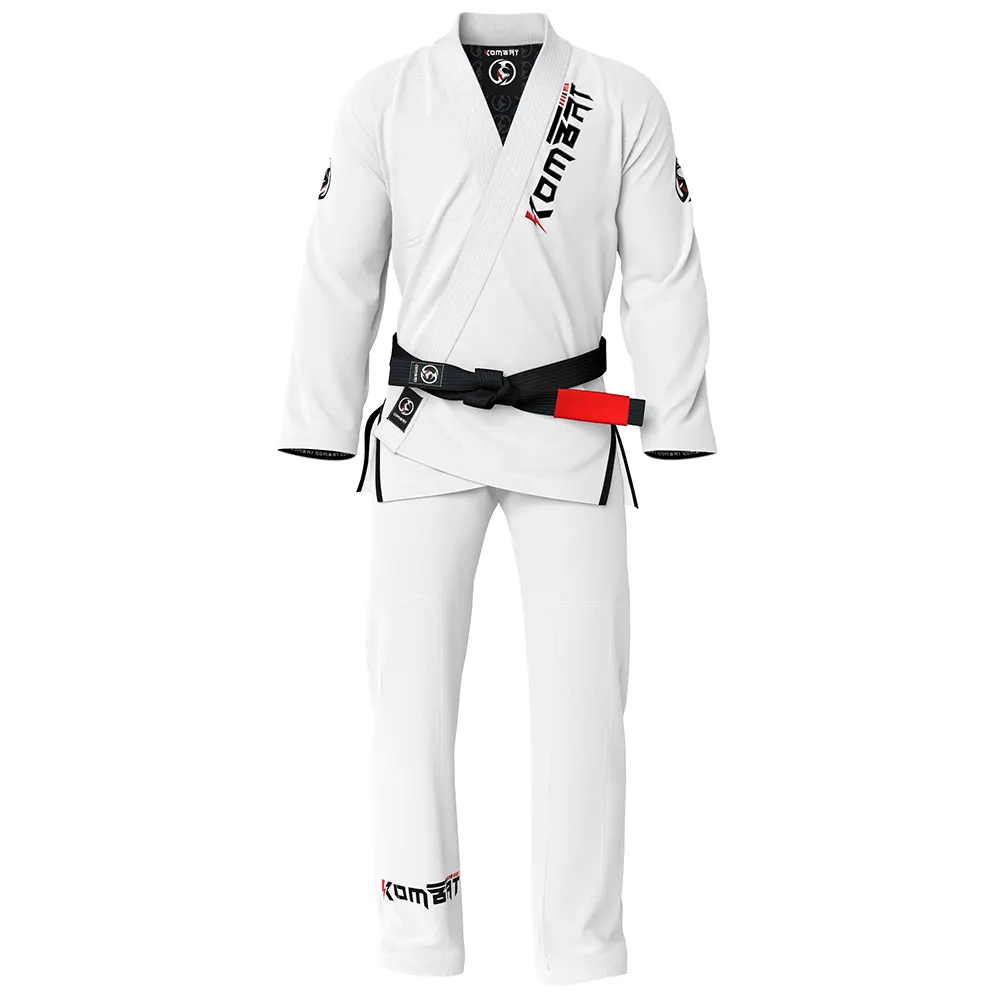

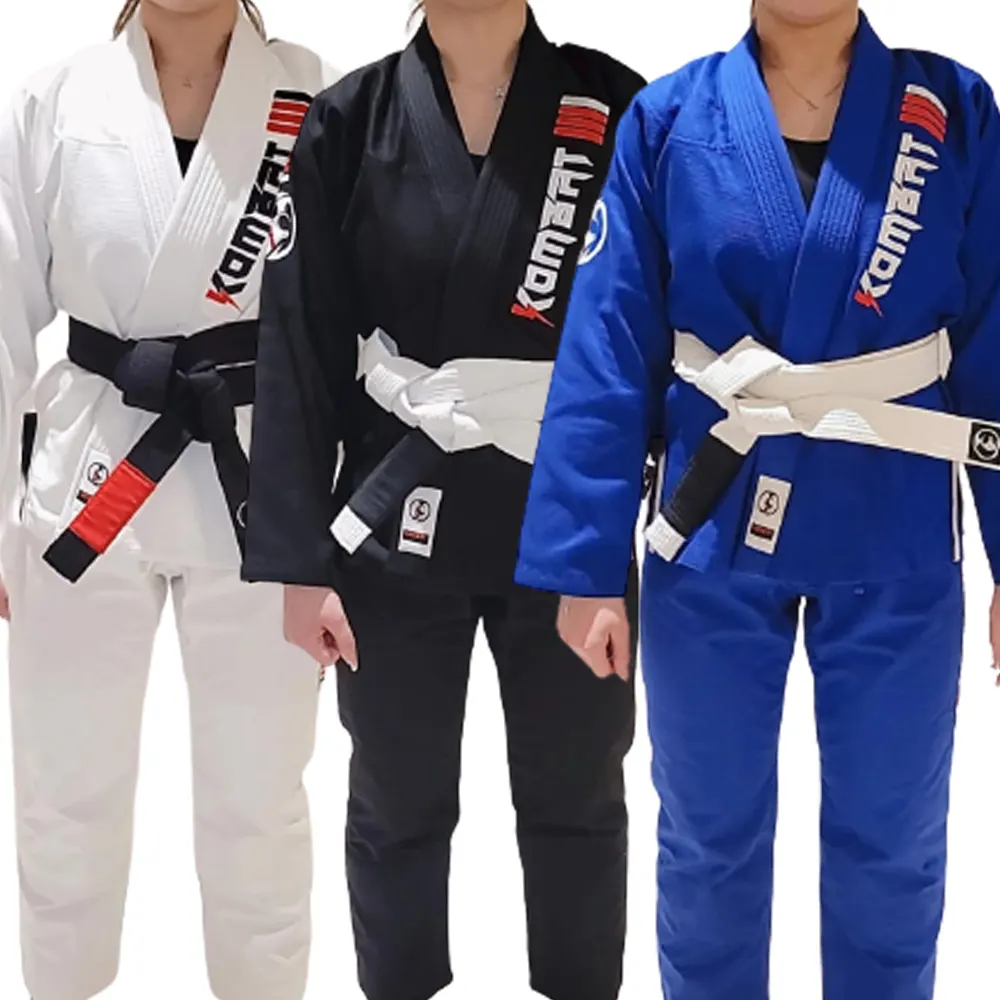
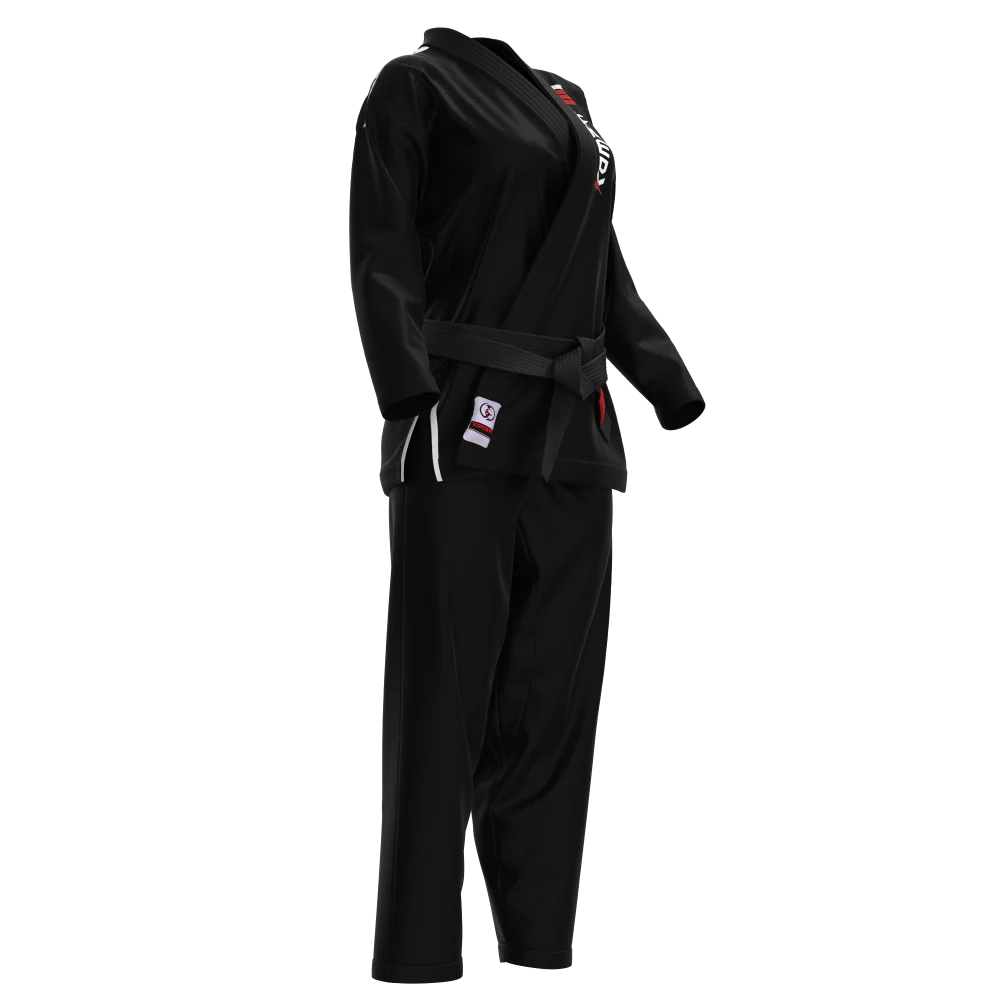
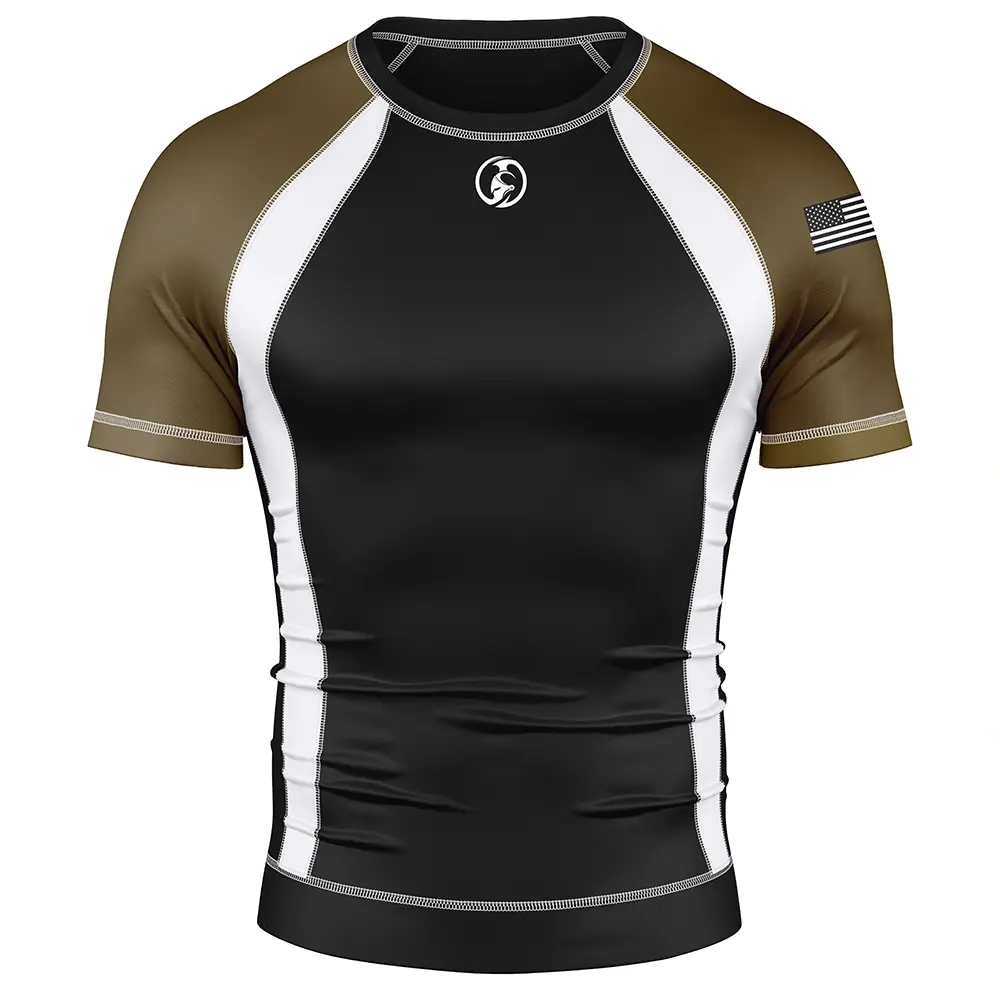

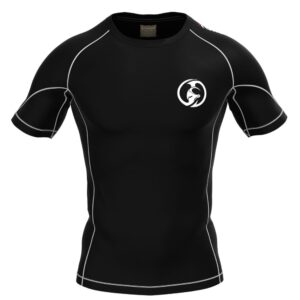
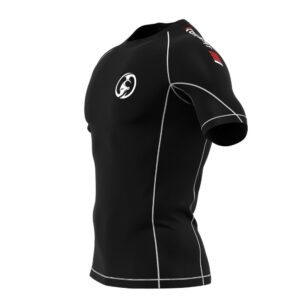


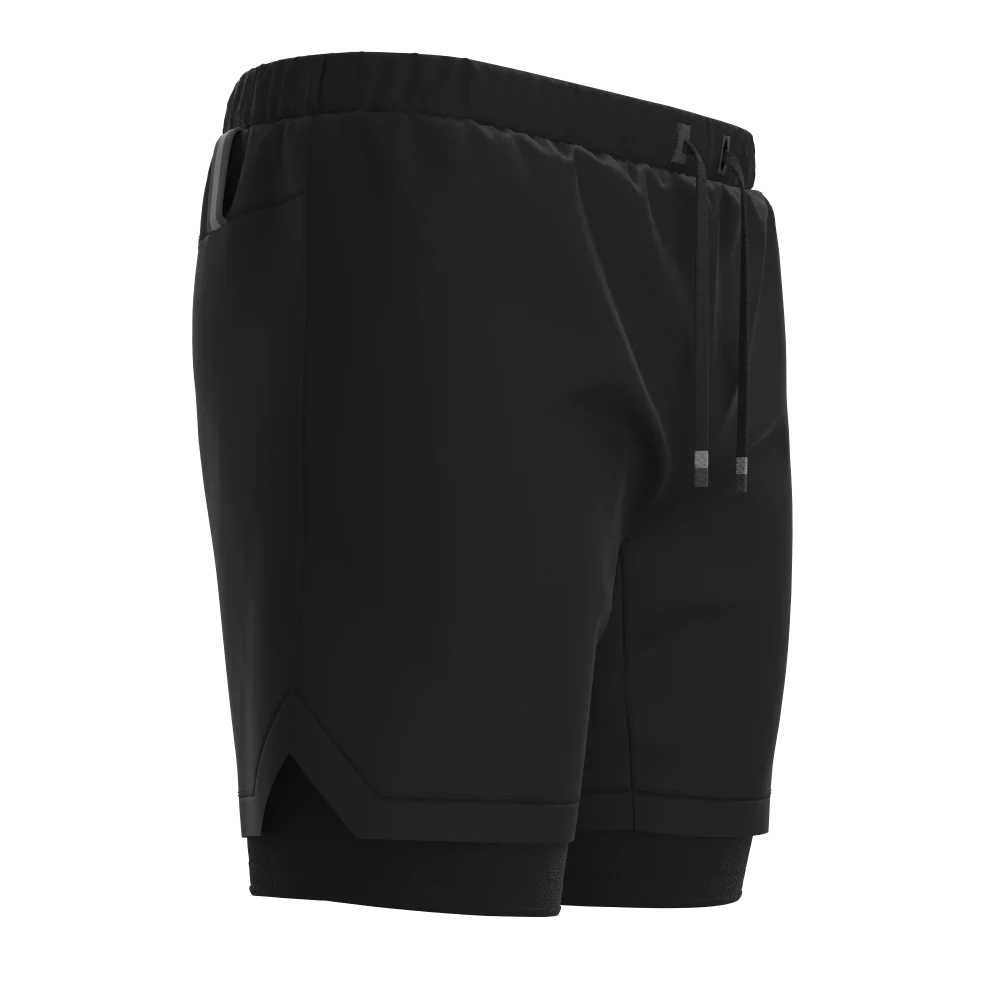


What Is Heel Hook Technique In BJJ?
October 9, 2023 at 12:39 pm[…] of the BJJ players look for the heel hook technique in BJJ. Like the Kimura technique, players want to know about the proper execution of the heel hooking in a BJJ match. Actually, the […]